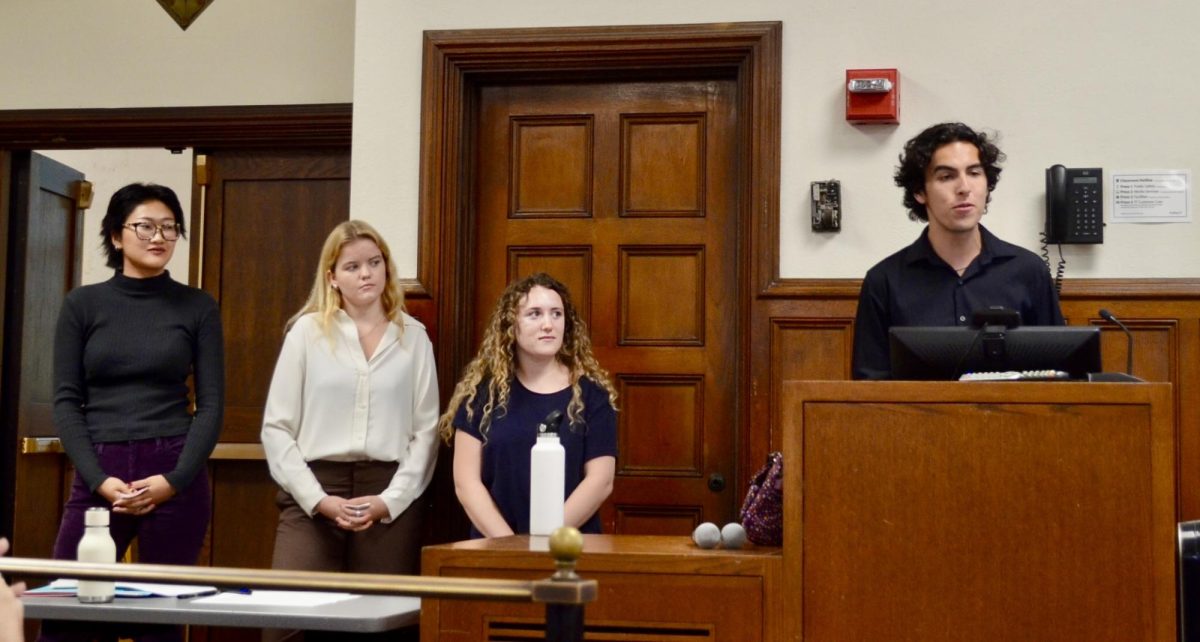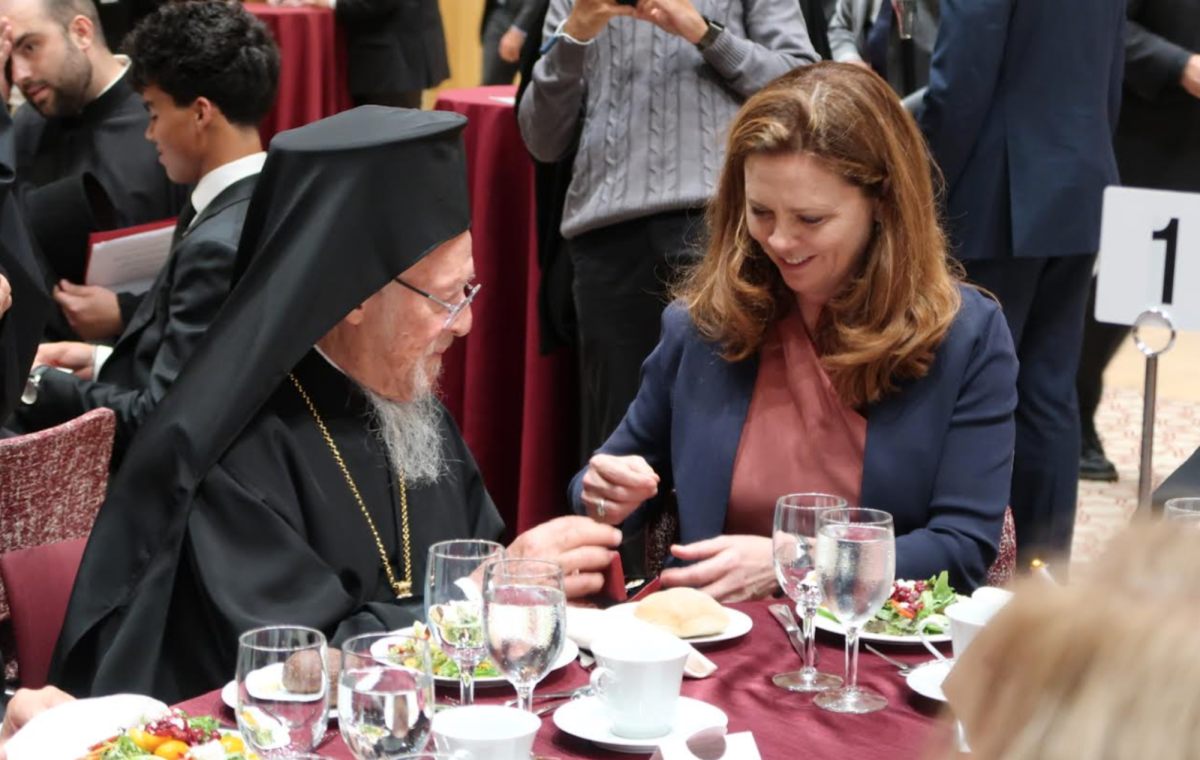By KELLY KULTYS
NEWS EDITOR

Gone are the days of print documents. Email has replaced traditional postal service mail. Newspapers and magazines are moving their publications online.
Now, even Fordham’s Student Evaluation of Educational Quality (SEEQ) will be moving online.
“About four years ago the Fordham Administration decided to move the evaluations online,” Dr. Allan Gilbert, chair of the Faculty Evaluation Committee, said. “We ultimately chose a company with experience in providing this kind of service to universities.”
As the semester winds down, in the coming weeks, students will be asked to fill out the standard evaluation forms online.
The evaluations consist of the same questions as the print ones, such as how much work does the professor give, are the readings useful, did you find the class valuable, etc.
Students also will still have the opportunity to write comments about the teacher and about the class as a whole. The only difference is that now students will have to fill out the SEEQs using their computers or smartphones and not only during class time.
“Last fall, we conducted a pilot study with about 18 courses,” Gilbert said. “These students did not receive paper but instead entered their responses through the online system. Some instructors arranged class time for everybody to bring their laptops and smartphones in. Some, like me, did not do that, but instead reminded the class over and over again to complete the survey. And some did not do anything, thinking that students would answer the survey automatically.”
Gilbert said these different methods produced varied response rates from classes, from as high as 100 percent participation to as low as approximately 30 percent participation.
This causes some concern for professors, since for the evaluations to be worthwhile, they need to be accurate reflections of student sentiment and submitted in substantial numbers.
Gilbert believes 60 percent participation is the minimally acceptable response rate from a class, and 80-90 percent would be desired.
“The danger of having too low a participation is that these evaluations become unreliable since you don’t have a large enough sample to guarantee representativeness of students’ assessment,” Gilbert said.
Students can also benefit from doing the SEEQs. The evaluations are compiled as soon as they are received during the survey period, and after grades are posted by the instructors at the end of each semester, statistical graphs of all the SEEQ results will be immediately available on the My.Fordham portal under the student tab.
Students can look up other professors through this tool as well to see how other students evaluated professors they are interested in taking in future semesters. Not everyone is ready for this system to move online, however.
“The department chairs and deans may decide to postpone the entire online application or part of it to the fall,” Gilbert said in a follow-up email. “The transition will definitely happen, now or later, since we have everything installed and synched with the Banner network, but we may delay a little to prepare better for the changeover.”
The movement, however, was stopped immediately and the online system will be released in the coming weeks.
When the system does eventually move online, students will receive an initial email invitation with a link to start the survey, which will remain open 24 hours-a-day for about two weeks, until finals week begins.
Reminder emails will be sent from the SEEQ system to fill out the evaluation.
Professors have also been contacted about the change and are advised to remind their students to fill these out.
Gilbert believes that both students and professors can benefit when the system does move online, as results are delivered more quickly and are more accessible, while professors can receive the comments students write directly.
“We currently don’t get all the data that’s on the paper form anyway, because confidentiality rules state that we can’t let individual instructors look at the original evaluation forms,” Gilbert said. “Only two departments in the university [biology and sociology/anthropology] go through the trouble of typing up student comments and distributing the typescripts. Most departments get the benefit of the comments only by verbal communication through the chair.”
As of now, students should receive the email inviting them to take the survey in the later part of April. Students have approximately two weeks, or until the start of finals, to complete the survey.








































































































































































































